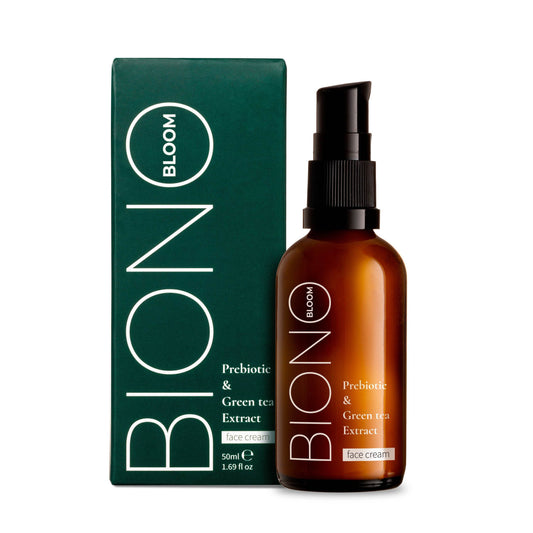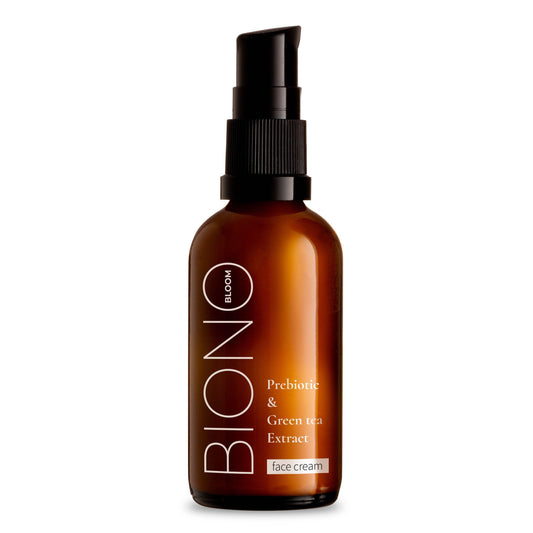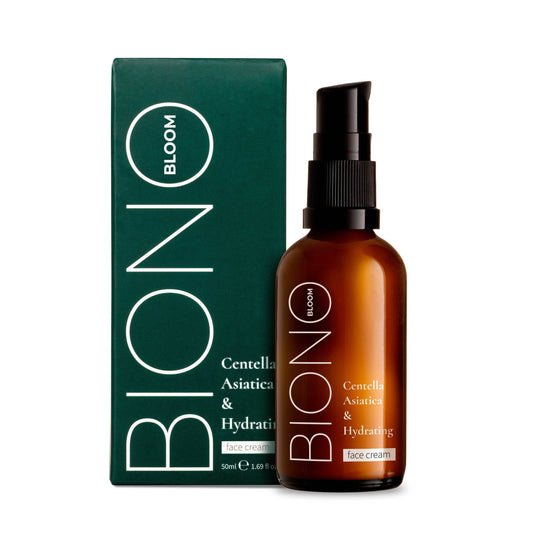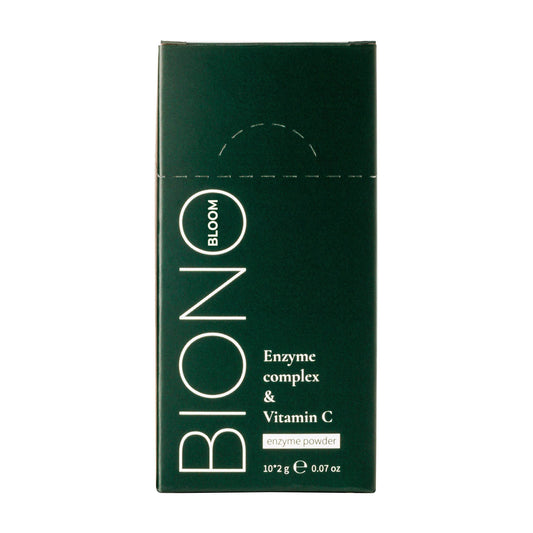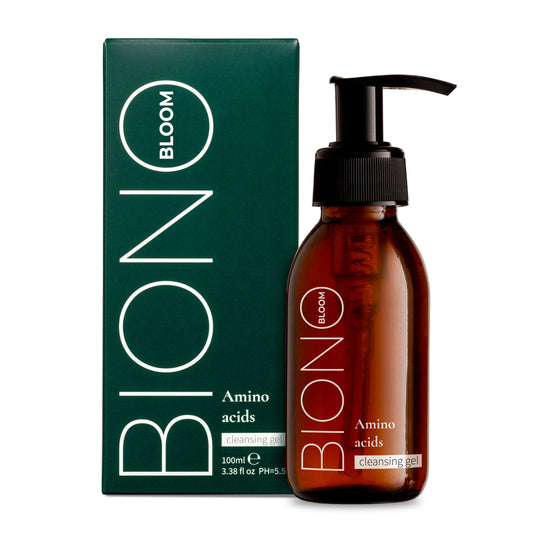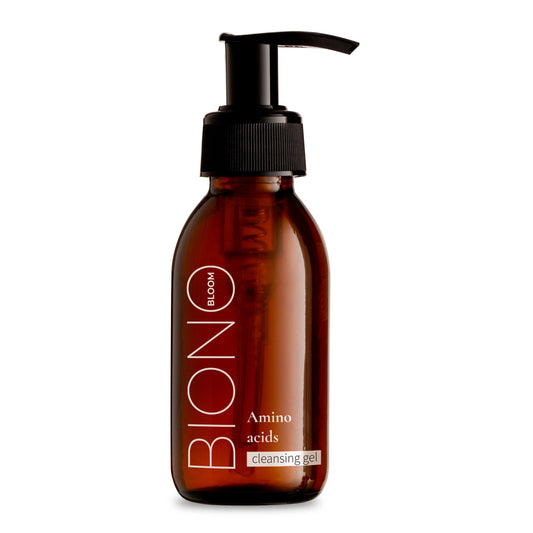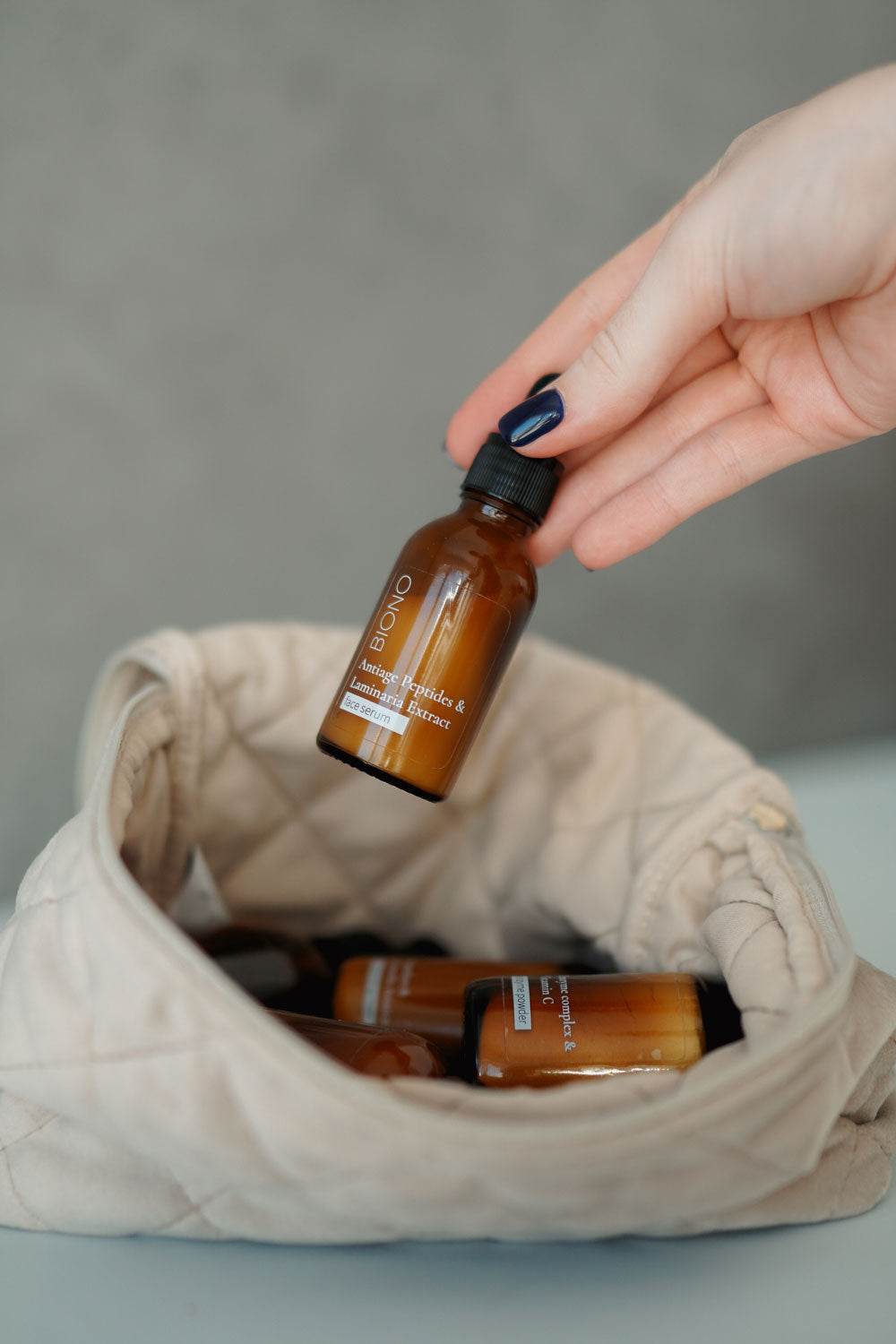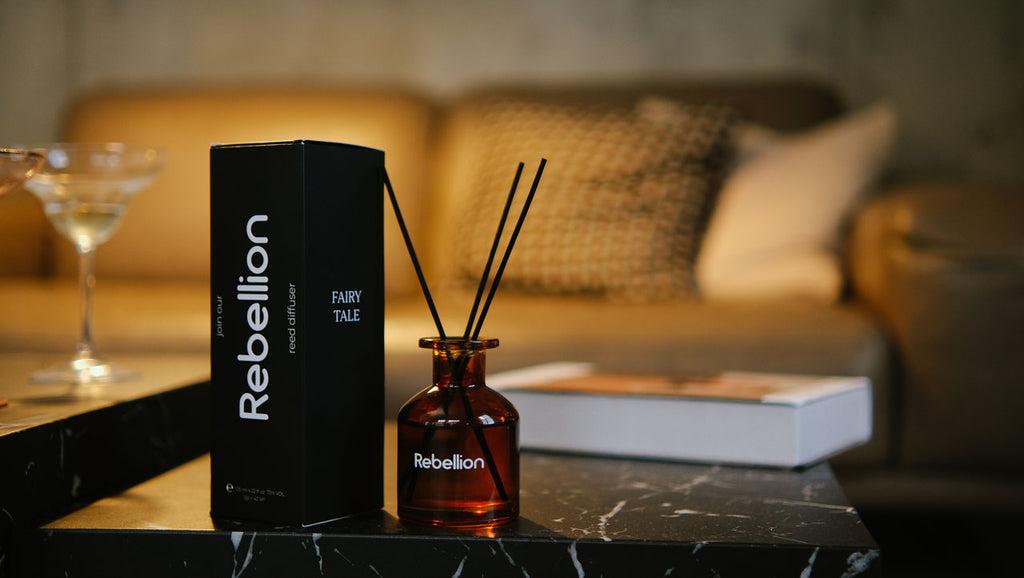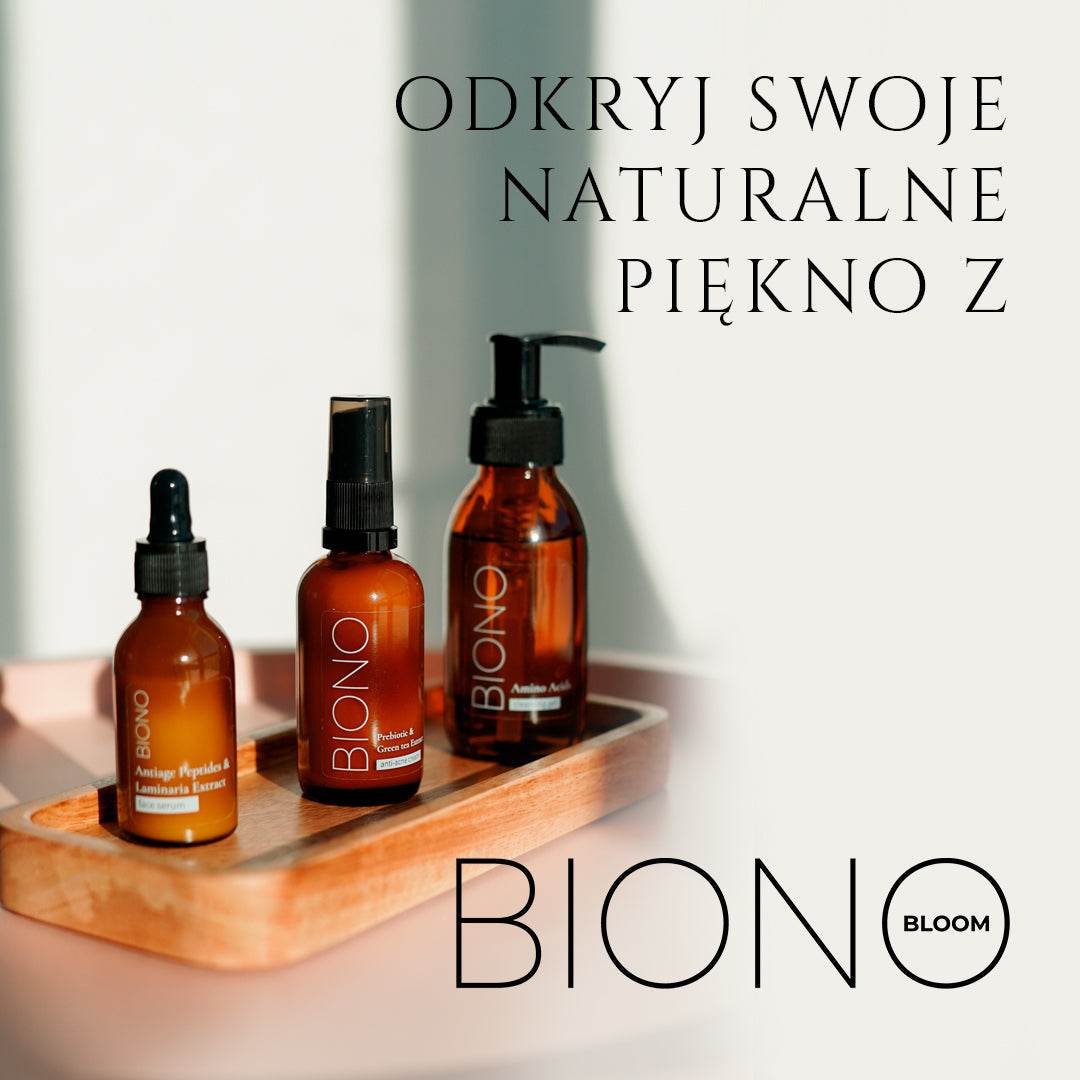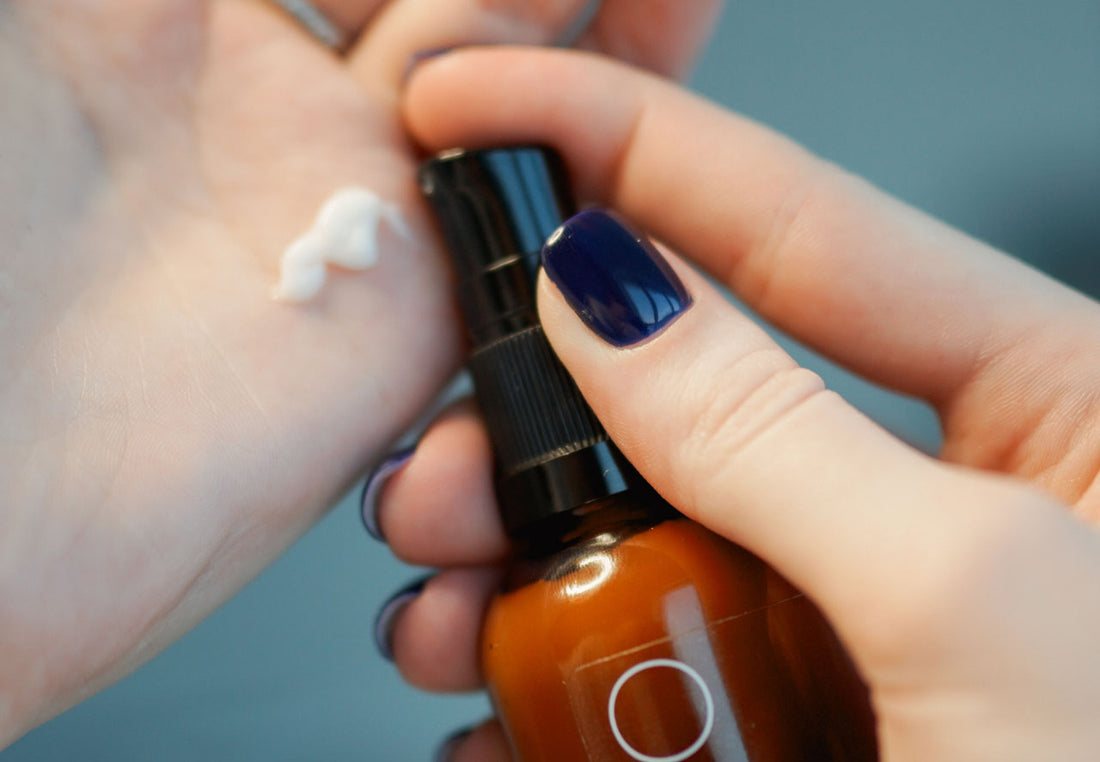
Retinol Cream: A Revolutionary Solution for Facial Skin Rejuvenation
Share
Retinol is rightly considered the gold standard in anti-aging cosmetology and dermatology. This powerful ingredient, a derivative of vitamin A, can radically change the condition of your skin, restoring its youth, elasticity and healthy appearance. Modern retinol creams in various concentrations open up new possibilities for home care, allowing you to achieve results that were previously only available in a beauty salon. Understanding the specifics of using this active ingredient will help you make the right choice and get the maximum benefits from your skin care treatments.
What is a retinol cream and how does it affect the skin?
Retinol cream is a cosmetic enriched with an active form of vitamin A, which penetrates the deep layers of the epidermis and triggers cell renewal processes. The mechanism of action of retinol is to stimulate the production of collagen and elastin, which are the basic structural proteins responsible for the firmness and elasticity of the skin. Thanks to this, regular use of the preparation helps to smooth out fine wrinkles, even out the face color and improve the overall texture of the skin.
Retinol also plays a key role in normalizing keratinization processes, accelerating the exfoliation of horny cells and stimulating the formation of new ones. This effect is especially noticeable in the fight against hyperpigmentation, acne scars and age spots. Retinol molecules are able to penetrate the stratum corneum of the skin and transform into retinoic acid, which directly interacts with cell receptors.
An important feature of retinol creams is their cumulative effect. The first results become visible after 4-6 weeks of regular use, and the maximum effect is achieved after 3-6 months. This is due to the fact that the processes of cell renewal and collagen synthesis require time to fully activate and stabilize.

Retinol Cream 1%: An Optimal Start for Beginners
Retinol cream 1% is considered the ideal option for those who are just starting to familiarize themselves with retinoids in home care. This concentration provides sufficient effectiveness in combating the first signs of aging while minimizing the risk of adverse reactions. The formula with a one percent content of retinol allows the skin to gradually adapt to the active ingredient, reducing the likelihood of irritation, flaking and redness.
The main advantages of using a 1% cream include a noticeable reduction in the visibility of fine lines, improving skin tone and giving it a healthy glow. This preparation effectively copes with the problems of uneven pigmentation, helps to narrow enlarged pores and normalizes the functioning of the sebaceous glands. For young skin, this concentration will be an excellent prevention of premature aging.
It is recommended to start using a cream with retinol 1% once or twice a week, gradually increasing the frequency to daily use. It is important to apply the product to cleansed skin in the evening, because retinol increases photosensitization. It is mandatory to use a cream with an SPF of at least 30 throughout the treatment and for a month after its completion.
Cream with retinol 3%: intensive care for mature skin
Retinol cream 3% is a highly effective preparation for intensive anti-aging care, intended for mature skin with clear signs of aging. This concentration of the active ingredient provides maximum effectiveness in the fight against deep wrinkles, loss of firmness and clear manifestations of photoaging. This preparation is recommended for people after 35-40 years of age or those who already have experience in using retinoids in lower concentrations.
The powerful formula with 3% retinol is able to radically improve the skin structure, stimulating intensive cell renewal and activating the synthesis of type III collagen. The result is a significant increase in skin density and elasticity, smoothing even deep wrinkles, especially around the eyes, nasolabial folds and on the forehead. In addition, the preparation effectively fights hyperpigmentation of various origins, including age spots and acne scars.
The use of such a high concentration of cream requires special caution and graduality. It is recommended to start with one application per week, observing the skin's reaction. If well tolerated, the frequency can be increased to 2-3 times per week. It is important to remember that the adaptation period can last up to 8-12 weeks, during which temporary side effects in the form of slight irritation or peeling may occur.
Rules for the safe use of retinol creams
Safe use of retinol creams requires following certain rules and recommendations that will help maximize the benefits and minimize the risk of side effects. First of all, it is important to understand that retinol is a photosensitizing substance, so it should be used only in the evening. Morning use can lead to increased sensitivity to ultraviolet radiation and the formation of discoloration.
Starting to use a retinol cream should always be gradual, regardless of the concentration of the active ingredient. It is recommended to start with the smallest amount of the product, applying it to previously cleansed and prepared skin. It is important to avoid the area around the eyes, corners of the mouth and nostrils, because these areas are most sensitive to irritation. After applying retinol, it is advisable to use a moisturizer to maintain the skin's hydrolipid balance.
A mandatory condition for safe use is the use of sun protection with a high SPF level throughout the treatment. This not only prevents photoaging, but also protects against possible hyperpigmentation. It is also important to avoid the simultaneous use of other active ingredients, such as acids, vitamin C in high concentrations or benzoyl peroxide, as this can lead to excessive skin irritation.
Choosing a Retinol Cream by Skin Type
The right choice of retinol cream depends not only on the age and condition of the skin, but also on its type and individual characteristics. For oily and combination skin, prone to acne, retinol becomes a real rescue, as it regulates the activity of the sebaceous glands and prevents pores from clogging. In such cases, you can choose creams with a higher concentration, starting with 1% and gradually moving to 3%, if necessary.
Dry and sensitive skin requires a more cautious approach to choosing a cream with retinol. For this type of skin, it is recommended to start with the lowest concentrations - 0.25-0.5%, and necessarily combine use with intensive moisturizing. It is important to choose formulas enriched with additional soothing and moisturizing ingredients, such as hyaluronic acid, ceramides or natural oils.
Mature skin after the age of 45-50 requires more intensive action, therefore creams with a concentration of 2-3% retinol are suitable for it. However, even at this age it is important to take into account individual sensitivity and gradually increase the concentration. For comprehensive care it is recommended to combine creams with retinol with antioxidant serums, peptide complexes and preparations with growth factors.
Buy a retinol cream – what to look for when choosing
When deciding to buy a retinol cream, it is worth paying attention to several key aspects that affect the effectiveness and safety of the care. First of all, you should choose the right concentration - for beginners, products with retinol 0.25-1% are recommended, while experienced people can reach for higher concentrations, such as 2% or 3%.
When buying a cream with retinol, it is also worth checking the additional composition. It is best for the product to contain soothing substances such as hyaluronic acid, panthenol or ceramides - they help minimize possible irritations and support the skin's protective barrier. It is also important to choose products from proven manufacturers and with a quality certificate.
Where to buy a retinol cream? The safest and most convenient way to do this is in a reputable online store with dermocosmetics or in a pharmacy. It is also worth consulting a dermatologist or cosmetologist, who will help you choose the right product for your skin needs. Remember - regular use and quality of the cosmetic is the key to effective care with retinol.
Expected results and deadlines for achieving them
The results of using retinol creams appear gradually and are cumulative, which requires patience and regularity in use. The first positive changes usually become visible after 3-4 weeks of regular use and manifest themselves in the form of an improvement in the overall skin tone, giving it a healthy glow and reducing the visibility of minor imperfections. The skin becomes smoother to the touch, its texture improves and the size of pores decreases.
After 6-8 weeks of use, more significant changes become visible: fine lines are smoothed out, especially around the eyes and mouth, skin tone is evened out, and discolorations and acne marks are less visible. The 1% retinol cream demonstrates its maximum effectiveness in preventing and correcting initial signs of aging until then, while the 3% concentration continues to strengthen its effect.
The maximum results of using retinol creams are achieved after 3-6 months of regular use. By this time, the quality of the skin has improved significantly: its density and firmness increase noticeably, deep wrinkles become less visible, and fine wrinkles may disappear completely. It is important to understand that discontinuing the use of retinol leads to a gradual return of the skin to its initial state, therefore, in order to maintain the achieved results, long-term, possibly lifelong use of these preparations is necessary.
What not to combine with retinol cream – important safety rules
When using a cream with retinol, you should be careful when combining it with other active ingredients to avoid irritation, excessive exfoliation and inflammatory reactions. One of the most common mistakes is the simultaneous use of retinol with strong acids (e.g. AHA, BHA, PHA), which also have an exfoliating effect and can significantly weaken the skin's hydrolipid barrier.
It is also not recommended to use a retinol cream with high concentrations of vitamin C (especially in the form of ascorbic acid), because the differences in the pH of these ingredients can lead to irritation and reduce the effectiveness of the action. Similarly, you should avoid combining retinol with benzoyl peroxide - this combination can lead to severe drying and redness of the skin.
To avoid negative reactions, it is best to use retinol in the evening and the other active ingredients in the morning or on other days of the week. A safe combination for retinol, on the other hand, are moisturizing and soothing substances such as ceramides, hyaluronic acid or niacinamide, which support regeneration and reduce the risk of irritation.
Retinol as the basis of modern anti-aging care
Retinol creams rightly occupy a leading position among anti-aging skincare products, offering a scientifically proven and clinically proven way to combat skin aging. Whether you choose a 1% retinol cream as an introduction to this ingredient or prefer a stronger 3% concentration to correct the more obvious signs of aging, understanding the importance of gradual implementation and regular use is key.
The right concentration according to skin type, age and individual needs, following the principles of safe use and patiently waiting for the effects are the basic factors of effective use of retinol creams. Remember that investing in high-quality retinol care today is an investment in the beauty and health of your skin for many years. A consultation with a dermatologist or cosmetologist will help you make the best choice and develop an individual care program that will bring maximum benefits to your skin.

